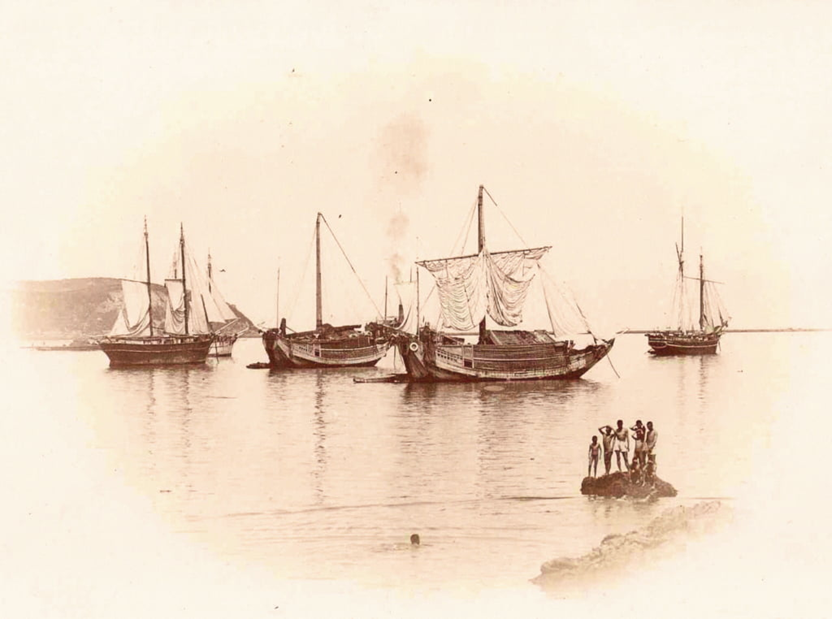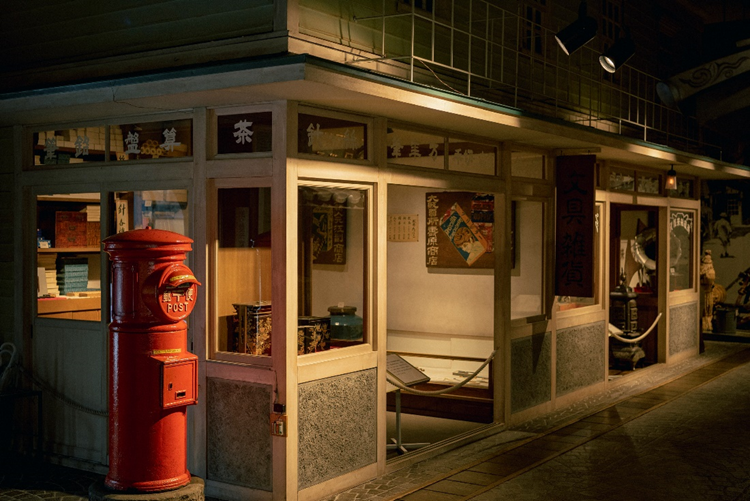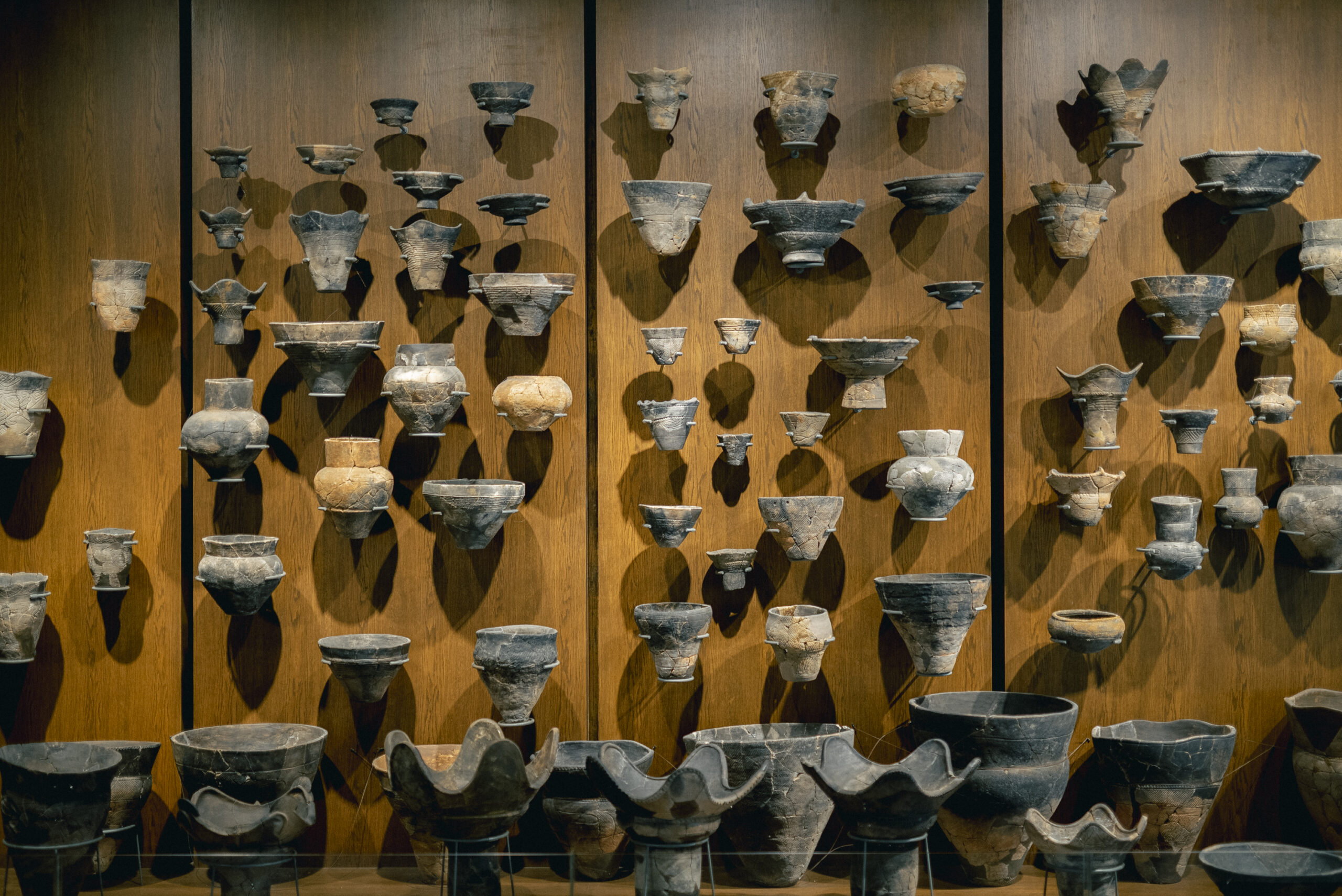
Today, Otaru is a popular location for many visitors to Hokkaido. A stone’s throw from Sapporo, and easily accessible both by train and car, the city’s unique topography combined with the omnipresent brick warehouses make for a pleasant site. Indeed, the most popular tourism spot is the quaint canal which stretches by these warehouses – which today house souvenir shops, seafood restaurants and even a beer hall. However, these massive brick structures are also a reminder of Otaru’s rich history, one that had a massive influence not only for the frontier land that is Hokkaido, but for the entire Japanese archipelago as a whole.

From the 1850s onward, Otaru rapidly transformed from an enclave of the indigenous Ainu to a bustling merchant city that for several decades became one of the richest in all of Japan. These riches came from the herring trade. At the onset of the Meiji Era in the 1860s, the yearly herring yield was about 30,000 Tons. By 1897, that number had reached close to 100 million Tons – which still represents a record yield in Japanese history. Similarly, the city’s population grew from about 1,000 to 60,000 inhabitants over this time. Locals refer to this period as the “herring gold rush”, and this little fish translated into a massive infusion of wealth for the city. The fish was found in abundance in the seas near Otaru and was shipped to the mainland using the kitamaebune, the name given to the countless ships that linked the city to numerous ports in the mainland and especially Western Japan. Interestingly, herring was primarily ground up and used as fertilizer for cotton and indigo fields. Up to 90% of herring was ground up in this way, with the remaining being sold for consumption.
The herring gold rush transformed the city in a multitude of ways. First came the warehouses used to store the fish, built with their trademark stone fronts to prevent fires. Next came the banks, with their traditional frontier architecture that can still be seen in the downtown core between the station and harbor. These too have been repurposed today, into restaurants, shops and even karaoke parlors. The railroad was built, which still links the city to Sapporo today. Numerous families amassed massive wealth and began to build opulent mansions on the mountains that hug the city. After dropping off their wares, the kitamaebune brought with them goods from the mainland – everything from rice to the latest fashion. The newly rich population thirsted for a higher lifestyle, and boutiques and cafes began appearing. Furthermore, the highly concentrated nature of herring fishing to 2-3 months in spring – a period that made fisherman enough money to live comfortably for the rest of the year – meant that those engaged in the trade had plenty of time to enjoy their newfound riches.

Many people assume that the greatest contribution Hokkaido has made to modern Japan is konbu, which is used to make dashi, which forms the base to almost every dish in the famed Japanese cuisine. However, the role that herring fertilizer played in the modernization of Japan’s primary industries during the Meiji and Taisho periods cannot be understated. Hokkaido, with Otaru at its forefront, became by far Japan’s most important source of fertilizer and the new capitalists in Japan’s frontier economy became ever more efficient in their herring fishing, while optimizing shipping routes to produce a highly productive enterprise that had wide-reaching impacts for the country’s larger economy. Like the gold rush across the Pacific in America, however, the stock would soon deplete. The result of overfishing meant that inshore herring fishing came to a grinding halt by the Second World War, with the last run being made in 1958. Otaru’s population soon was overtaken by Sapporo, and the banks followed to what would become Hokkaido’s premier city.

Today, Otaru is a charming mid-range Japanese city, but it’s important role in Japan’s history can still be felt throughout. Indeed, history plays a large part in the city’s modern economy: the charming architecture attracts a growing number of visitors each year, with especially the lit-up canal at night becoming a favorite. Its status as a city by the sea means that the numerous local restaurants that have popped up during the tourism boom have no shortage of delicious seafood to offer, while the internationally renowned sweetshop “Le Tao” provides perfect desert offerings. There are also numerous venues where you can feel Otaru’s history more directly: the Otaru City Museum is located in one of the old warehouses, directly opposite to the famed canal, and provides an overview of the kitamaebune as well as the herring gold rush. The local historian present on-site will be more than happy to indulge your questions, delivering an effortlessly passionate eulogy to the city’s historic past.

Another truly must-see sight is the Old Aoyama Villa, a gorgeous ode to the city’s past, built by one of the last great herring families. The Aoyama clan amassed massive wealth and used it to collect a treasure trove of Japanese artifacts, which are still displayed within the villa’s grounds. It is therefore not only a symbol of Otaru’s heritage, but all of Japan’s, and thus a fabulous spot for those who appreciate Japanese history, art, and antiques. Similarly, “Ginrinsou” is the former residence of Yasunojo Inomata, another businessman who earned his fortune from herring fishing. Today, the opulent residence is transformed into a restaurant and inn, with its hilltop location and on-sight hot spring attracting visitors. A visit to either one of these palaces, or both, serves as a not-so-subtle reminder of Otaru’s past fortunes.
Otaru is known for its picturesque scenery, a port town surrounded by mountains and featuring a myriad of unique architectural treasures. But beneath this beautiful exterior lies a deep history, and one that had a profound impact not only on Otaru, but Japan’s modernization as a whole. Appreciating this fact will make your next visit to the city that much more profound.
Otaru Museum of History and Nature
https://www.city.otaru.lg.jp/docs/2020111400122/

